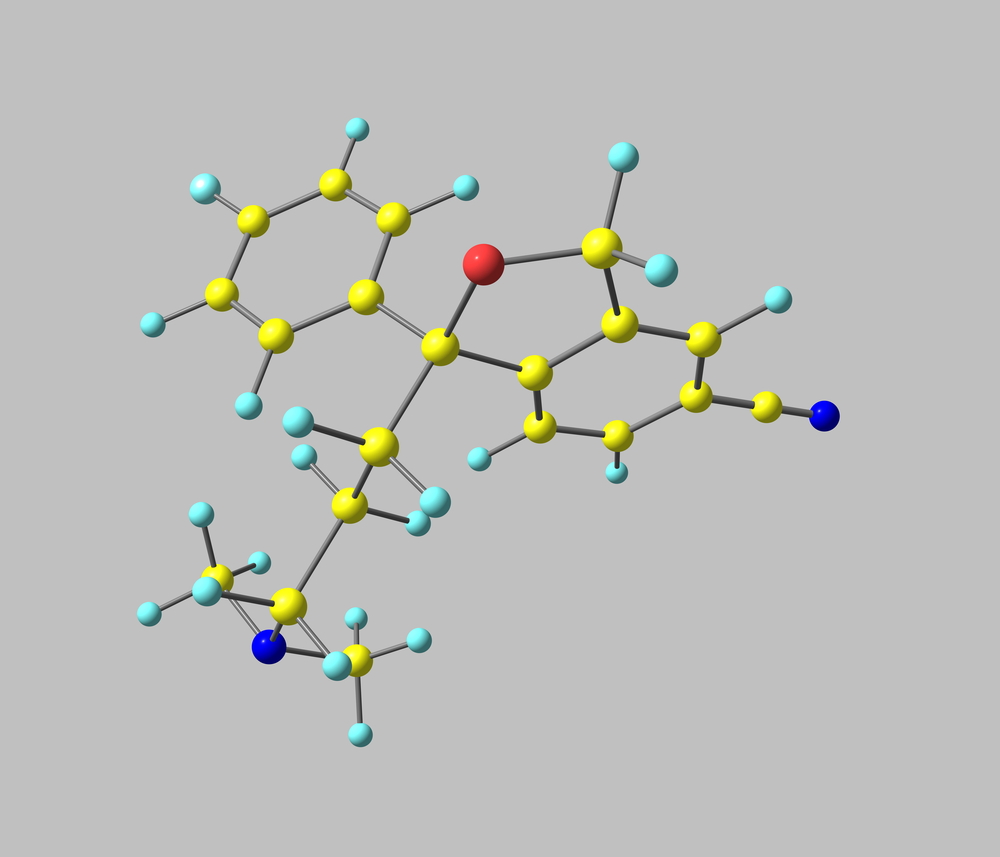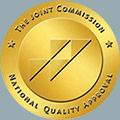Lexapro is the brand name of the prescription medicine escitalopram.
This class of medications is used to treat depression, anxiety, and other mood disorders. The United States Food and Drug Administration (FDA) specifically approved Lexapro for the treatment of major depressive disorder (MDD) in adults and adolescents in August 2002, and for the treatment of generalized anxiety disorder (GAD) in December 2003. In general, SSRIs work in the brain by slowing the re-absorption of serotonin (a neurotransmitter that directly influences one’s sleep, mood, and emotion), which subsequently, increases the overall levels of serotonin available to interact within the brain. Lexapro works by helping to restore the balance of serotonin in the brain.
Withdrawal Timelines
The body needs time to adjust to lower levels of the drug, therefore, quitting should never be done abruptly. Discontinuing Lexapro is something that should be done under the supervision of a medical professional. Because SSRI drugs help keep the levels of serotonin in the brain higher for longer periods of time, a sudden drop in the amount of Lexapro that a person is taking can lead to withdrawal symptoms, some of which can be very severe. The authors of a 2012 study divided the symptoms into the following two stages:
- In the first stage, a person may experience any combination of the following symptoms:
- Insomnia
- Nausea
- Irritability
- Headaches
- Agitation
- A sensation of electrical jolts or tingling through the body
- In the second stage, a person may experience any combination of the following symptoms:
- Increased anxiety
- Depression
- Sexual side effects (e.g., delayed orgasm)
- Changes in weight
- Suicidal thoughts
- Difficulty concentrating
- Irritability
- Impaired memory
- Mood swings
- Difficulty tolerating or managing stress
The timeline of Lexapro withdrawal symptoms will vary from person to person, as they will depend on a variety of contributing factors (e.g., how long a person has taken Lexapro or any other SSRI medications, the dosage, etc.). Typically, after an initial decrease in dose, withdrawal symptoms can begin within one day to a few weeks. While there is no universal timeline, most people report that after 90 days the most severe of the symptoms tend to decrease.
For Information and Support
Contemplating detox can be a very challenging time. Before any individual can begin to work on the underlying issues contributing to their substance abuse problem, they must be separated from the substances in their systems. If you are concerned for yourself or a loved one regarding substance abuse, and/ or addiction we recommend reaching out for help as soon as possible. The earlier you seek support, the sooner you and your loved ones can return to leading happy, healthy, and fulfilling lives. Sherwood Detox offers a stand-alone detox program. For additional information on detox, please do not hesitate to contact us at: 818-626-9959 or feel free to email us anytime. One of our trusted counselors is available to talk and discuss how we can best support you on your journey.









